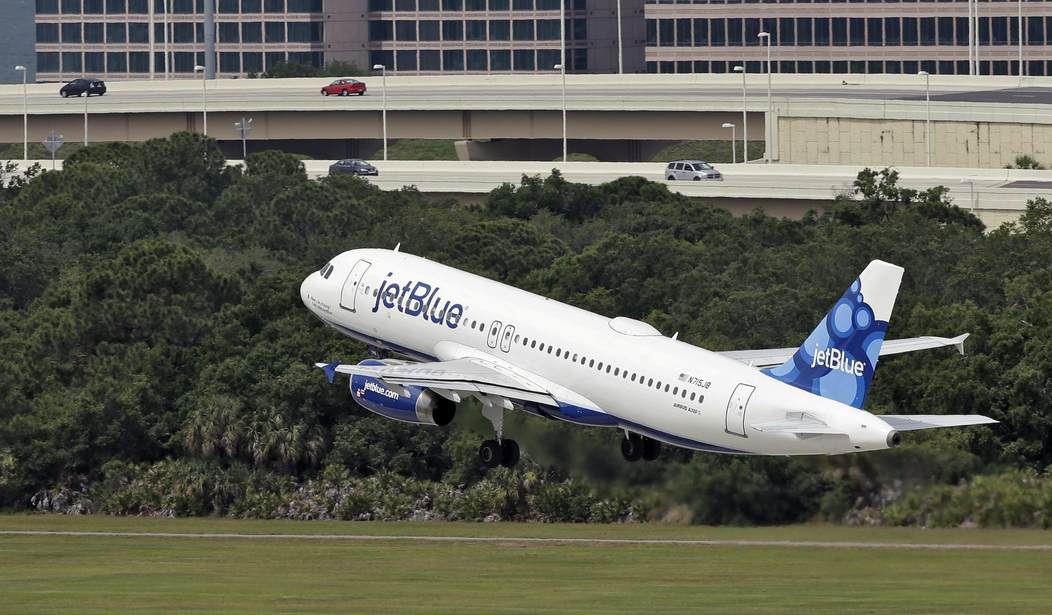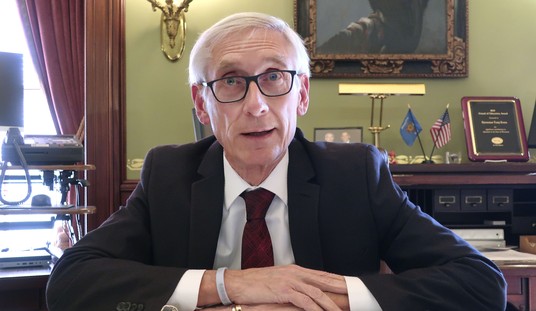Wisconsin Gov. Scott Walker was mocked for suggesting a wall be built along the border between America and Canada during his short-lived Republican presidential primary campaign. But Homeland Security officials take the idea of terrorists moving into the U.S. from Canada very seriously.
An October 2015 Senate Homeland Security Committee report showed because there are so few Border Patrol agents on the northern border, drug smugglers are able to easily move their products north and south across the border.
Not only is it the longest border in the world, it is one of the busiest. Approximately 300,000 people and $910 million in trade cross the northern border every day, representing the largest bilateral flows of goods and people in the world.
Imagine what could be hidden in that traffic.
Even more worrisome, a 2010 Government Accountability Office (GAO) report has shown only 69 miles along more than 5,500 miles of the entire northern border between the U.S. and Canada achieved “an acceptable level of security.”
And if criminals can pretty much move illegal contraband with impunity from Canada to America, wouldn’t it make sense that if ISIS wanted to move its savages into the U.S., they would do it the same way?
It might be no tougher to move terrorists from Syria into Canada than it would be to move them throughout Europe. And, despite its peaceful reputation, Canada has served as a breeding ground for terrorism.
Case in point: the 2014 shooting at Parliament Hill in Ottawa. A homegrown terrorist from Quebec killed a soldier at Canada’s National War Memorial before trying to shoot his way into the Canadian parliament.
The Canadian government for several years has reported an increase in the number of its citizens who are being radicalized and are then traveling overseas to support and be trained by the Islamic State.
Paradoxically, the new Canadian prime minister, Justin Trudeau, has been sounding like he might move away from the counter-terrorism commitments of his predecessor, Stephen Harper.
Trudeau has also reiterated his desire to move 25,000 Syrian refugees into Canada despite the revelation that one of the Paris ISIS agents might have been smuggled into France under cover of the wave of refugees washing through Europe.
Combine all of that with the Nov. 13 ISIS attacks in Paris and it is easy to see why America’s federal, state and local law enforcement are scrambling to reexamine border security and the vetting of the constant daily stream of immigrants entering the U.S.
However, this concern isn’t anything new to Rep. John Katko, a Republican from New York state. Months ago, Katko began sounding the alarm over lax security along America’s northern border with Canada as he introduced the Northern Border Security Review Act.
It would force a new GAO review of the U.S./Canadian border.
“I served as a federal prosecutor on our border both at home in New York and in El Paso, Texas. I’ve seen first-hand the issues that our nation faces countering violent drug trafficking, organized crime, and potential terrorist acts,” Katko said.
Still, Katko wasn’t telling his colleagues in the House or the White House anything they didn’t know or at least should have known.
The Obama administration has been aware since 2010 that the threat of terrorists getting into the U.S. from Canada is much worse than the risk of people with ideological mayhem on their minds coming in through Mexico.
“While great attention is justifiably given to the challenges of securing our southern border, ensuring the safety of our vast northern border is also critical to our national security,” said Katko.
Even though the need is immediate, Katko said before border security can be improved, a new study is needed. That is why he sponsored the Northern Border Security Review Act to push the federal government to tighten America’s northern border. His proposal won bipartisan House approval in October.
The comprehensive federal examination required by Katko’s bill would specifically look into issues with recruiting and retaining border security officials to cover the northern border, including at more remote areas of the border.
He said it would also determine tools border security officials need to effectively combat drug and human trafficking at the northern border, identify technology that could expand the reach of border agents, and find vulnerabilities in cooperation between Canadian, state, county, local, and tribal law enforcement.
Companion legislation passed the Senate Homeland Security committee in July. It is awaiting a floor vote. Sen. Heidi Heitkamp (D-N.D.) is one of its co-sponsors.
“When I brought DHS Deputy Secretary Mayorkas to Pembina (N.D.) in April, we heard about the difficulty recruiting officials to work in remote areas of the border and an increase in crime across the border. My bipartisan bill would help address these challenges, and it’s very encouraging that it passed unanimously through the Senate committee just a week after being introduced. Hopefully by soon passing it in the full Senate, we can make sure security is as strong as possible at all of our borders.”
Shawn Moran, vice president of the National Border Patrol Council, told the Washington Post his rank-and-file have always thought the Obama administration should be focused more on the northern border.
Moran said the border review legislation can’t move fast enough for the men and women who put their lives on the line every day to keep the worst of humanity away from the U.S.
“Illegal immigration is like water,” he said. “It’s going to take the path of least resistance.”









Join the conversation as a VIP Member